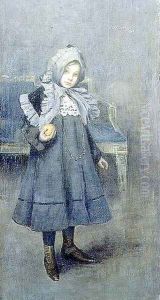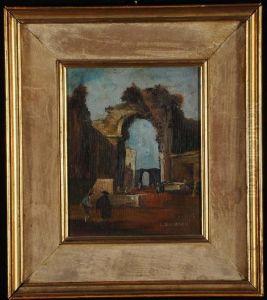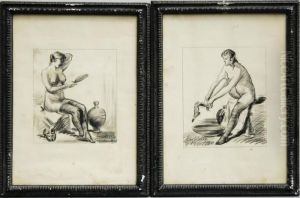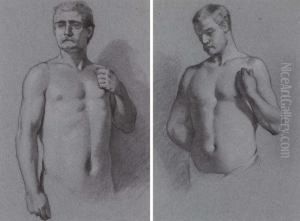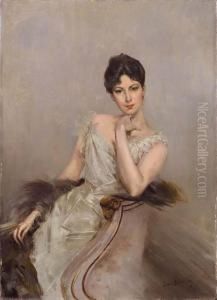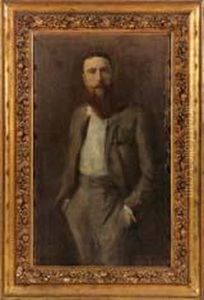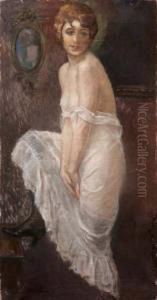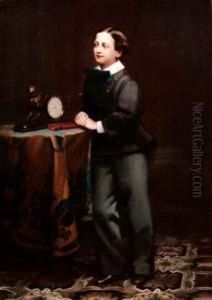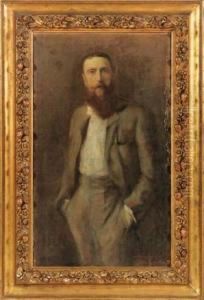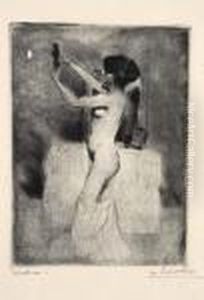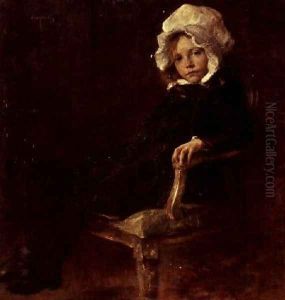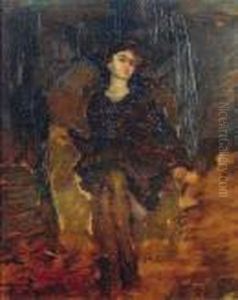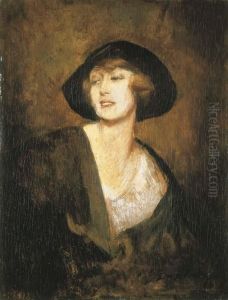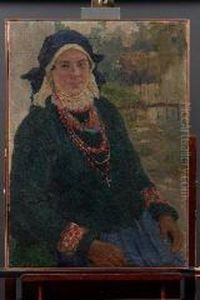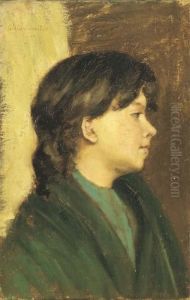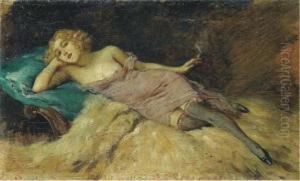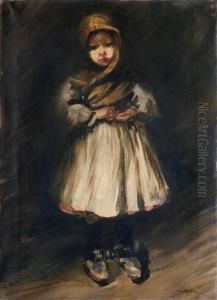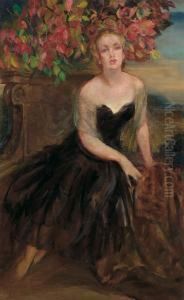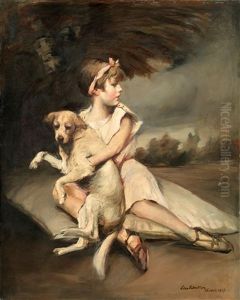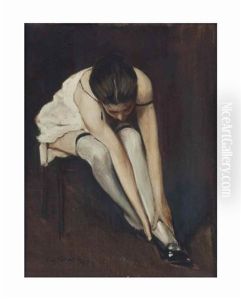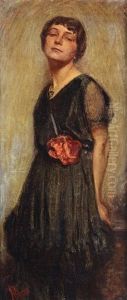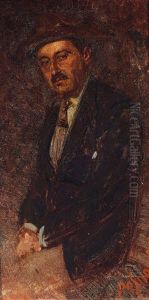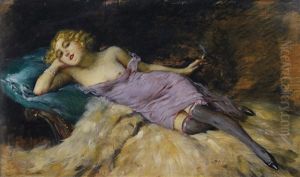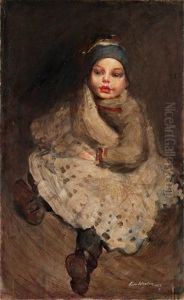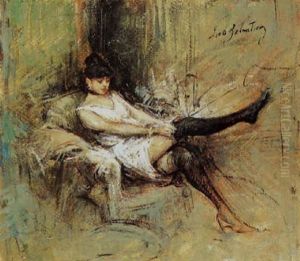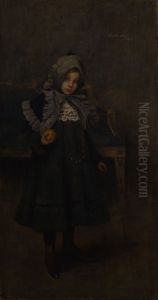Lino Selvatico Paintings
Lino Selvatico was an Italian painter and art critic born in Padua, Italy, in 1872. He was a representative figure of the Italian Liberty style, the Italian variant of Art Nouveau. Selvatico came from an intellectual family; his father, Pietro Selvatico Estense, was also a well-known figure in the arts, serving as the superintendent of cultural heritage in Padua and founding the city's Museo Civico.
Selvatico's education and artistic training were comprehensive. He began his studies at the Academy of Fine Arts in Venice, where he was influenced by the prevailing artistic trends of the time. His work was characterized by a keen sense of color and a delicate handling of light, which reflected the influence of Venetian traditions, as well as the more modern currents of Art Nouveau. His paintings often depicted elegant figures, landscapes, and scenes of bourgeois life, imbued with a poetic and sometimes melancholic atmosphere.
Beyond his work as a painter, Selvatico was also an active art critic and organizer. He played a significant role in promoting contemporary art in Italy during the early 20th century. He was involved in the organization of the Venice Biennale, an international art exhibition that has become one of the most prestigious cultural events in the world. His contributions to the Biennale and his critical writings helped to shape the evolution of modern art in Italy.
Lino Selvatico's career was cut short when he died in 1924. Although not as widely recognized as some of his contemporaries, his work remains an important part of the Italian art historical canon, particularly in the context of the Liberty style and the cultural milieu of early 20th-century Italy. His legacy is preserved in the collections of various Italian museums and in the history of the Venice Biennale, which continues to be a leading showcase for contemporary art from around the world.
